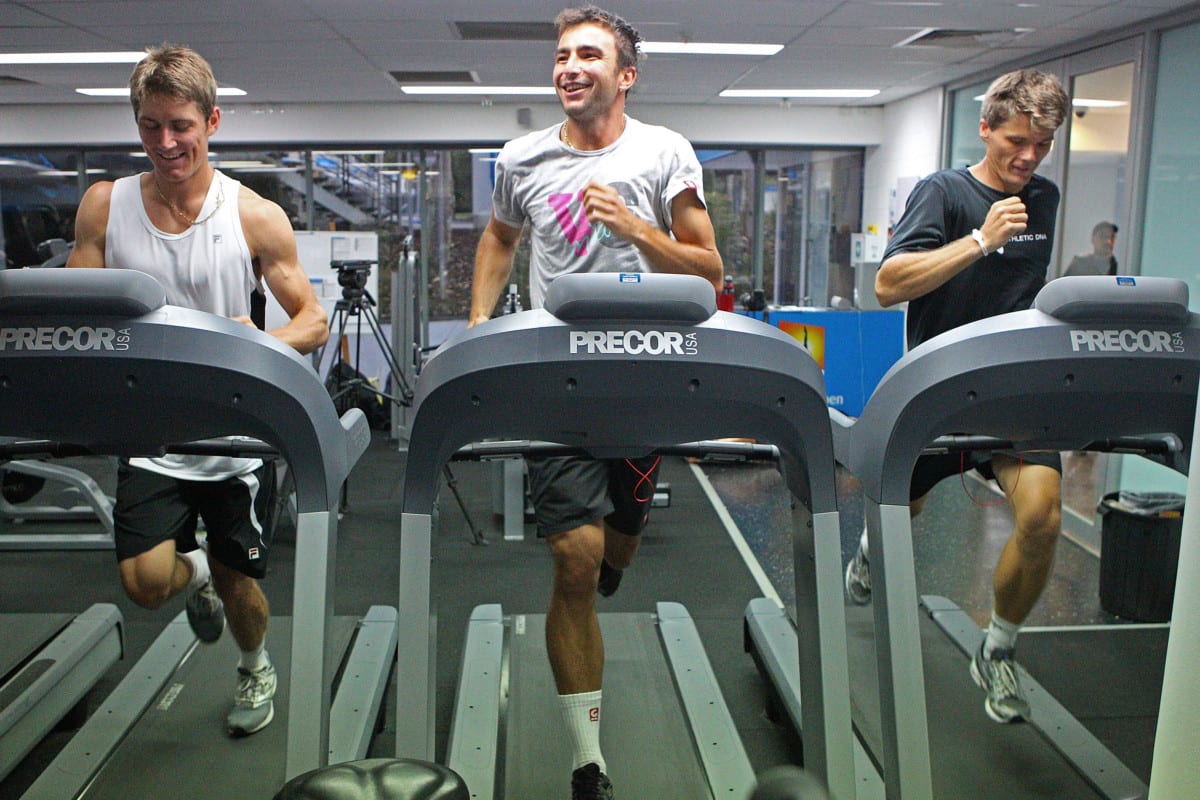Runners looking to better their times, or their overall cardiovascular fitness, are generally left with two options when looking to improve: intensity and volume.
Should you add more miles to your current routine, or should you add another session entirely? Per the Journal of Physiology, via outsideonline.com, “exercise training intensity is more important than volume to promote increases in human skeletal muscle mitochondrial content.”
Now, what exactly does this mean? The performance of mitochondria (he working organelles that keep the cell full of energy) will be improved by a regime of endurance training, which will lead to an overall impact on your energy levels. In a study conducted by the University of Calgary it was noted that of people who do the same amount of work, those who do it with a higher intensity and lower volume will see the bigger improvements in their mitochondria.
However, in another study by the Victoria University in Australia, conflicting results were found which suggest that workout volume alone is the best method with which to see improvements.
So, what can we learn from these contrasting viewpoints? Essentially, there are more than one way to effectively see improvements in your running times. Intensity and volume are both ways in which you can teach your body to have increased endurance but the crucial thing to understand is that if you spend too much time on the same methods, or similar intensity and volume, you will eventually begin to see diminishing returns in your training, or the concept of the ‘plateau’ which has been covered in these pages before.
In answer to the question posed as the top of this article, you should switch your training around to include both faster and longer running routes in order to see improvements — and listen to your body when it is telling you which one to do.




